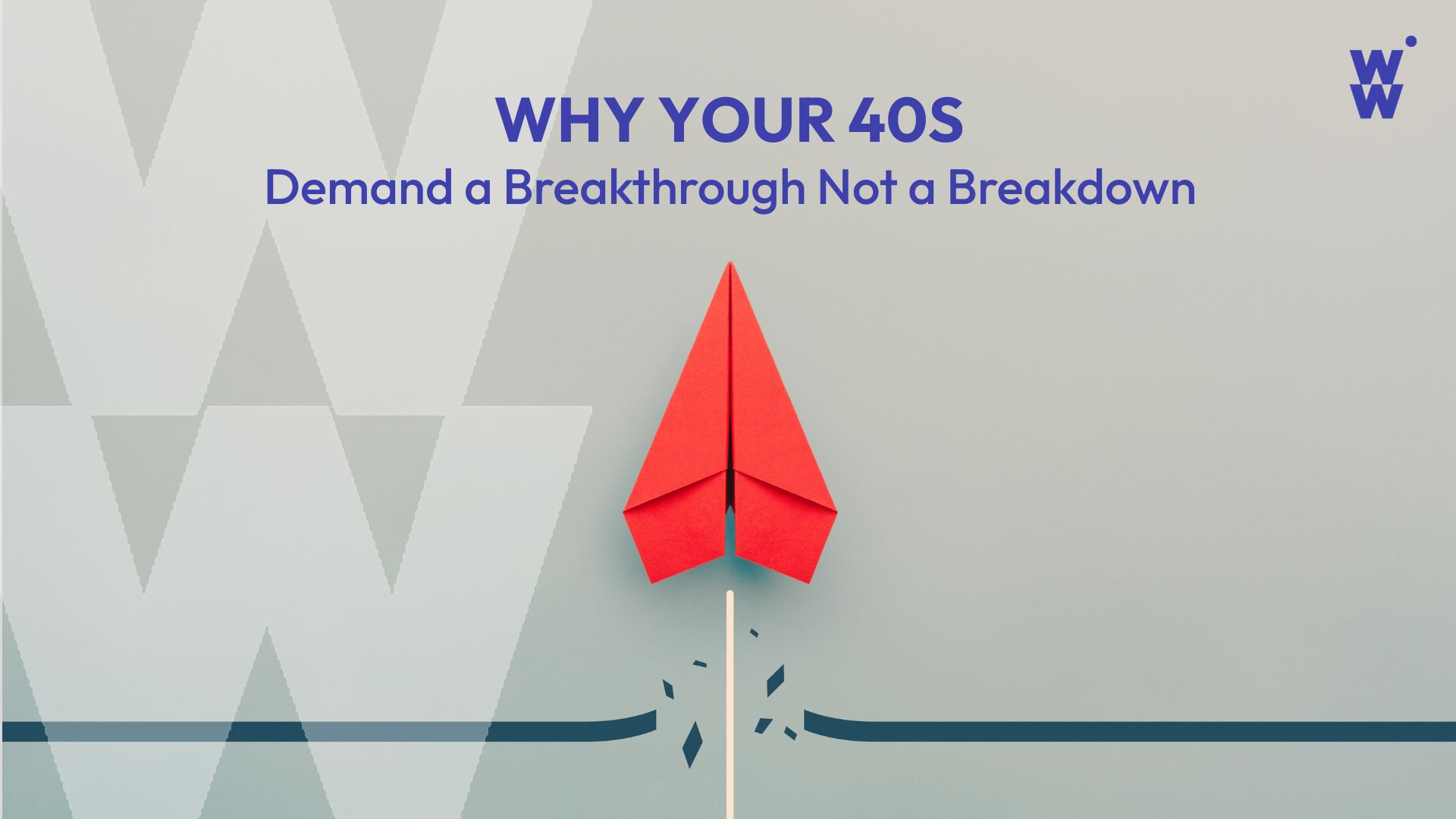The creative journey is rarely linear. It's filled with moments of breakthrough and periods of dense fog, times when inspiration flows freely and others when every stroke feels forced. For visual artist Tobyato, who has painted his way across Singapore's walls and collaborated with brands from Nike to Uniqlo, the path to sustainable creativity lies not in conventional wisdom, but in three counterintuitive principles that challenge how we think about motivation, perfectionism, and persistence.
The Power of Negative Motivation: "Self-Praise is No Praise"
While most self-help advice focuses on positive reinforcement, Toby has discovered something different about his creative process: he responds better to what he calls "negative motivation." This isn't about self-destruction or toxic self-criticism, it's about caring so deeply that you push yourself harder.
"Self-praise is no praise"
Toby explains, referencing a phrase that has guided him since childhood.
"I strongly believe that everybody that says they're the shit is not the shit. Other people need to say that you're the shit."
This approach stems from a deeper understanding of care and motivation. In Chinese culture, there's a concept called "骂是爱 (ma shi ai)", to scold is to love. When you care deeply about someone or something, you're willing to push for excellence, even if it means being hard on yourself.
For Toby, this translates into internal dialogue like: "Why are you so slow? You used to be drawing faster." Rather than being destructive, this self-criticism becomes fuel for improvement.
The key insight: Understanding your personal motivation style is crucial. Some creatives thrive on positive reinforcement; others respond to challenge and internal pressure. Ask yourself what truly motivates you, and more importantly, why.
Complete But Not Perfect: The Art of Knowing When to Stop
One of the most paralysing questions for creatives is: "When is it done?" Perfectionism can lead to endless revisions and work that never ships.
Toby's solution: "It's complete but not perfect."
Complete doesn't mean the work is perfect, it means the process has run its course. Maybe the timeline is complete, or you've done your best within the constraints. The work has served its purpose, even if it doesn't match your initial vision perfectly.
This comes with an important caveat: "Mediocrity as an intention is not okay. As a result, it's fine." If you never aimed for mediocre work, falling short of perfection is acceptable. External factors may affect reception, but those are beyond your control.
The liberation: This mindset frees creatives to ship work, learn from feedback, and iterate rather than remaining trapped in endless revision cycles.
Never Quit on a Bad Day: Navigating the Creative Fog
Every creative faces periods that feel like running through dense fog—you're moving but can't see progress clearly. The temptation is to quit during these difficult times.
Toby's approach: "Never quit on a bad day. Quit on a good day knowing you could have done it."
This isn't about never quitting, it's about making decisions from the right emotional state. When everything feels difficult, you can't trust your judgment about the bigger picture.
"Every storm runs out of rain," Toby reminds himself. No matter how dense the fog or how stuck you feel, the situation will change. The key is persistence without panic—keep moving because movement through fog eventually leads to clearer air.
Building Self-Awareness: Your Creative Operating System
These principles point to a larger truth: success comes from understanding your own operating system and working with it rather than against it.
Toby describes himself as naturally reactive, adapting to opportunities as they arise rather than creating detailed plans. He's learned to trust this nature:
"If I've been able to reactively adapt over the past six years, then I should be able to continue to do so."
He also knows he needs constraints to be creative: "If you give me a blank piece of paper, I will literally have nothing to draw. You need a box to think out of the box."
Practical Applications
1. Audit Your Motivation Style: Understand what actually motivates your best work—positive encouragement, deadlines, peer pressure, or internal criticism.
2. Define "Complete" Upfront: Before starting projects, establish what "complete" looks like to avoid endless revisions.
3. Create Progress Markers: Develop systems for recognising progress—portfolios, journals, or periodic reviews. Progress in creative fields is often invisible day-to-day but dramatic over time.
4. Build a "Bad Day" Protocol: Develop strategies for difficult periods—trusted advisors, exercise routines, or simply remembering that storms pass.
The Long Game
Toby's metaphor of creative careers as "an endless F1 race" where "the finishing line constantly shifts" captures an important truth: sustainable success isn't about reaching a final destination but staying in the race and adapting to changing conditions.
The fog will lift, the storm will pass, and the work will get done (not perfectly), but completely. And in that completion lies the foundation for whatever comes next.
To learn more about Tobyato’s artistic journey and bold motivations, be sure to watch and listen to the full episode of the Wild & Wise Podcast.
Hosted by Gerald Ang, this podcast is a space where creative business minds come to explore how to stay sharp, relevant, and future-ready in a world that keeps changing. Whether you’re an artist, team leader, freelancer, or curious thinker, you’ll gain valuable insights into how to stay adaptable, purposeful, and inspired in fast-changing times.
Be Wild & Wise Today
Are you ready to unlock your strengths and achieve personal or professional growth? Whether you need help with personal branding, team alignment, or strengths-based coaching, Wild & Wise is here to guide you. Book your consultation and take the first step towards your transformation.
Subscribe to our newsletter
Lorem ipsum dolor sit amet, consectetur adipiscing elit. Suspendisse varius enim in eros elementum tristique.

.jpg)


